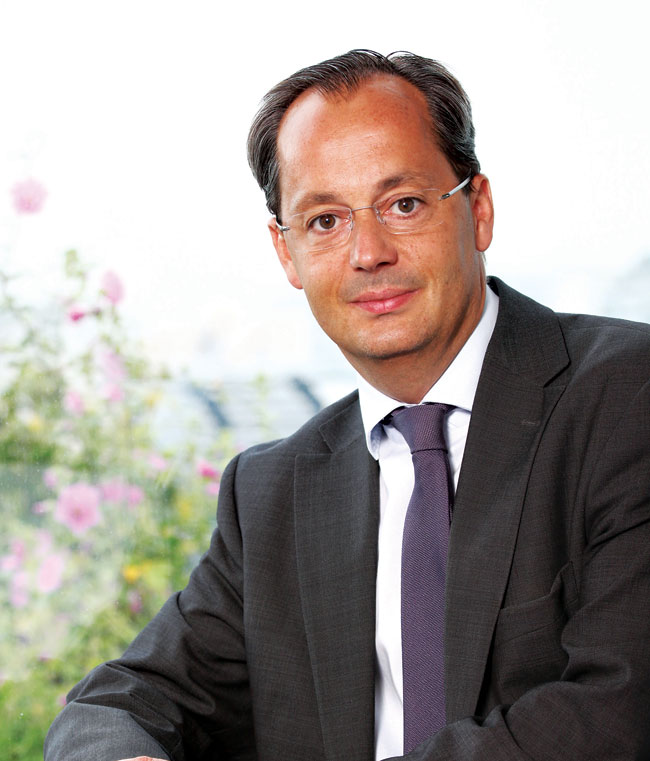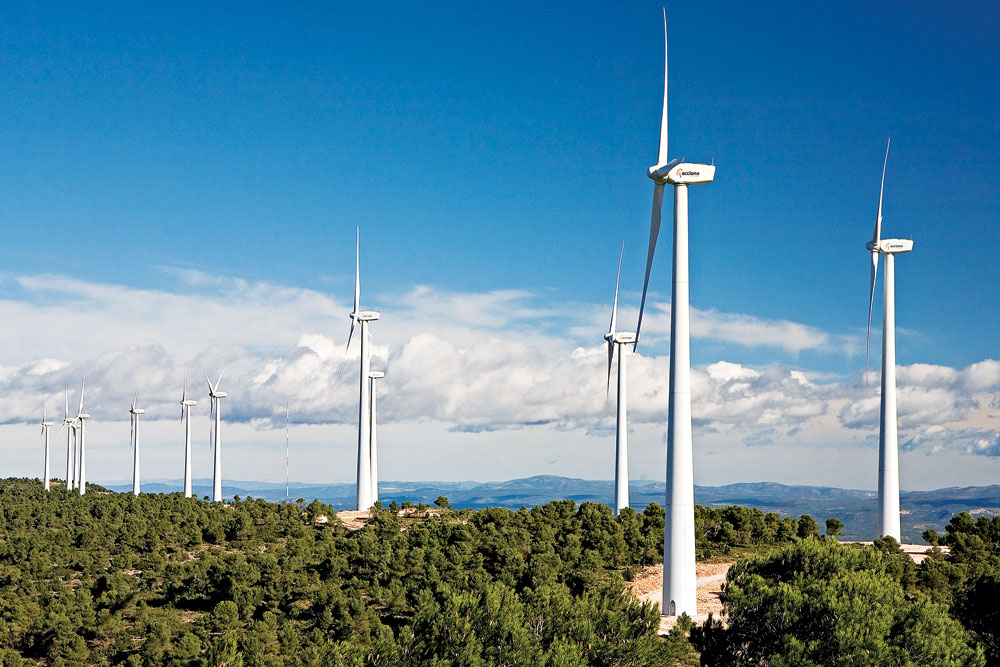
Mr. Jérôme Pécresse
REPORTER: What is your opinion about the wind power development target set forth in the revised Power Development Plan No.7 of Vietnam?
Mr. Jérôme Pécresse: The revised Power Development Plan No.7 of Vietnam has set a target of increasing the total installed capacity of wind power from the current 140 MW to approximately 800 MW by the year 2020, around 2,000 MW by 2025 and around 6,000 MW by 2030. These figures are quite modest compared with the potentials.
A lot of favorable conditions for wind power development exist in Vietnam such as the long coastline of more than 3,200 km, the average wind speed at about 6 – 7 m/s, relatively stable wind quality. Therefore, there are no reasons why Vietnam should not do research and invest in vigorously advancing this type of energy.
REPORTER: Currently, the unit price of wind power in Vietnam is 7.8 UScent/kWh. In your opinion, will Vietnam be able to smoothly develop wind power at this unit price?
Mr. Jérôme Pécresse: The current price of wind power in Vietnam is not consistent with the prevailing wind power price of the world. The Government of Vietnam should create favorable conditions to support investors in guaranteeing the output. GE has identified potential wind power projects in Vietnam and called on other investors to work together.
GE has been running a gas turbine and spare part manufacturing factory to supply wind power projects in Vietnam and export to Europe, which helps reduce equipment importing costs, facilitating wind power development.
REPORTER: One of the challenges in Vietnam is inefficient technology for connection of wind power to the grid. Does GE offer any assistance to solve it?
Mr. Jérôme Pécresse: GE can absolutely assist Vietnam in developing wind power and connecting wind power sources to the national power grid. At the same time, GE will supply technologies which help control the national grid operation in more stable and reliable manner, provide back-up capacity during the time the wind power is not available in full capacity.
About two years ago, we finalized a study of Vietnam grid with the assistance of USTDA. The study showed that the grid infrastructure of Vietnam is relatively well prepared and ready to accept approximately 6 GW wind power capacity without any further changes or investments. The grid also can be capable of accepting many different power sources, especially hydropower which can quickly respond to the load flow and should be suitably used for back-up capacity when the wind power is not available to respond to the demand.

REPORTER: Currently, there are more than 40 wind power projects licensed and attracting interest from German investors. How does GE compete in supplying equipment to these projects?
Mr. Jérôme Pécresse: Up to now, there is only one wind turbine and spare part manufacturing factory owned by GE in Vietnam and based in Hai Phong. This is the biggest advantage of GE in the competition with other wind power investors in terms of technology, quality as well as price. So we absolutely believe that we can sell wind turbines and spare parts to investors including German investors.
REPORTER: Based on which can you affirm that the potential for development of 2000 MW wind power in Vietnam in the future will be feasible?
Mr. Jérôme Pécresse: Together with the available potentials in Vietnam, to make projects successful, one of the key decisive elements is to select reliable and prestigious partners. Being a corporation with abundant long-lasting experiences and capabilities in technical technologies, we totally believe that GE can extend the best supports to Vietnam in developing this energy source.
Currently, wind power plants have increased their scale and gradually played an important role in the national energy security, reduced reliance on imported primary energy sources such as coal or gas. We strongly believe that the target of developing 2000 MW wind power in 2015 in Vietnam is absolutely feasible.